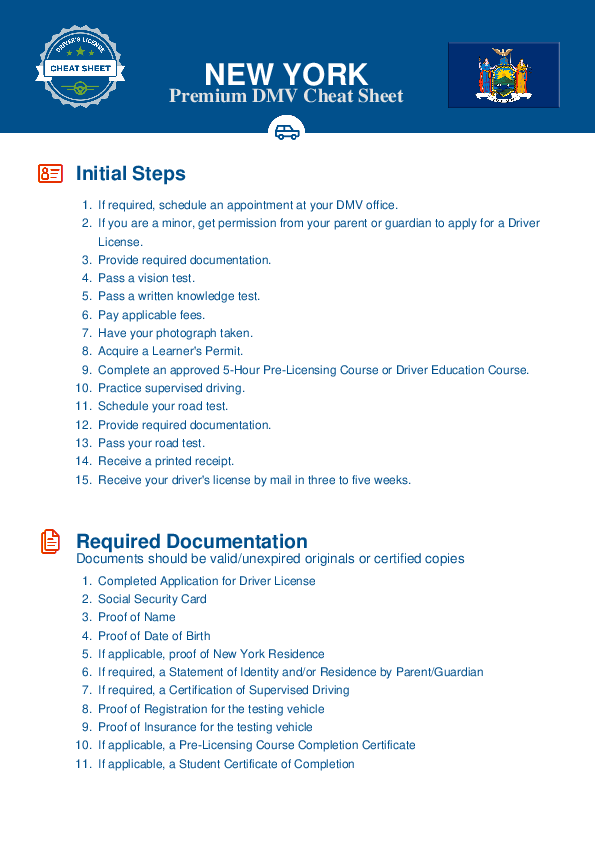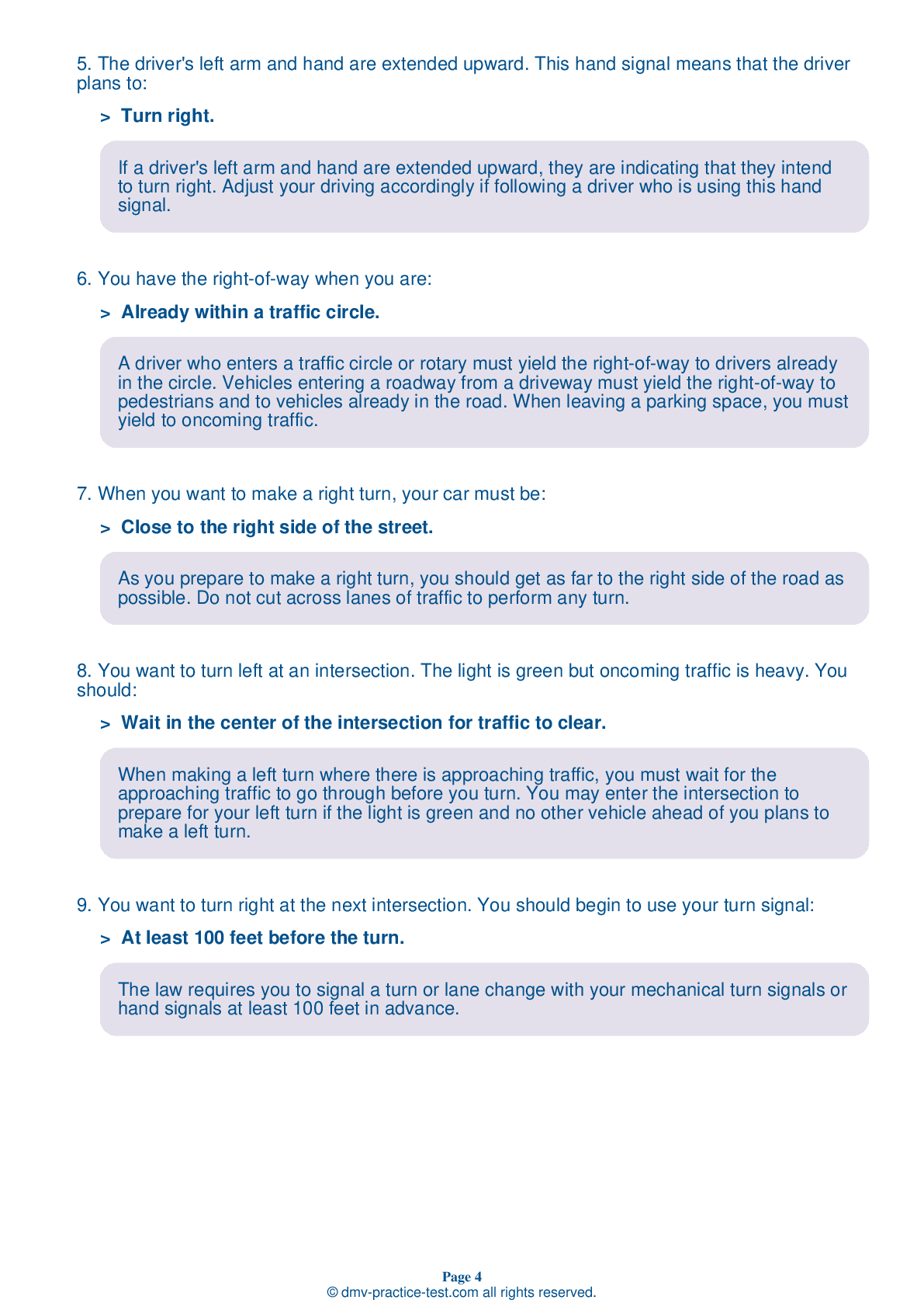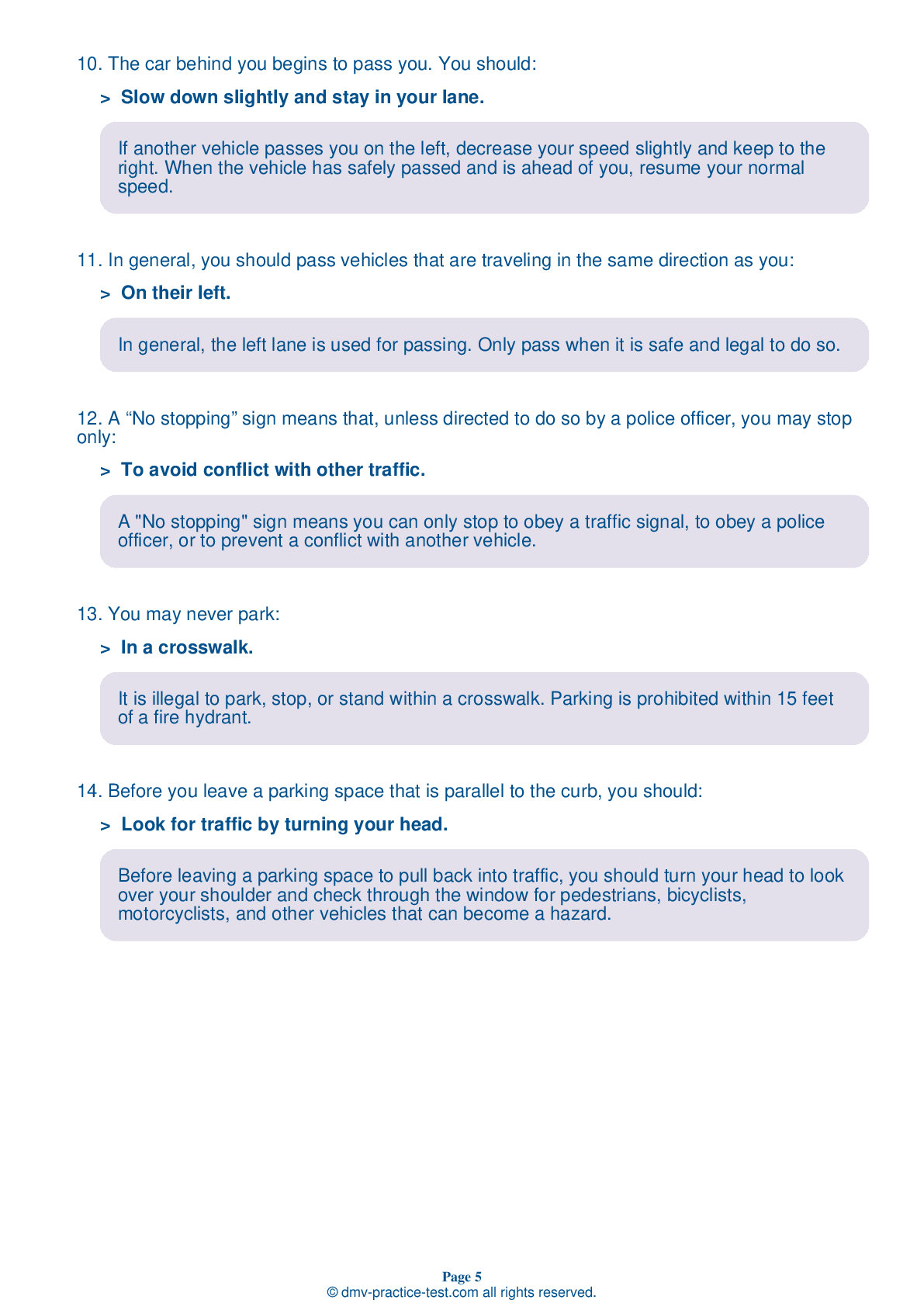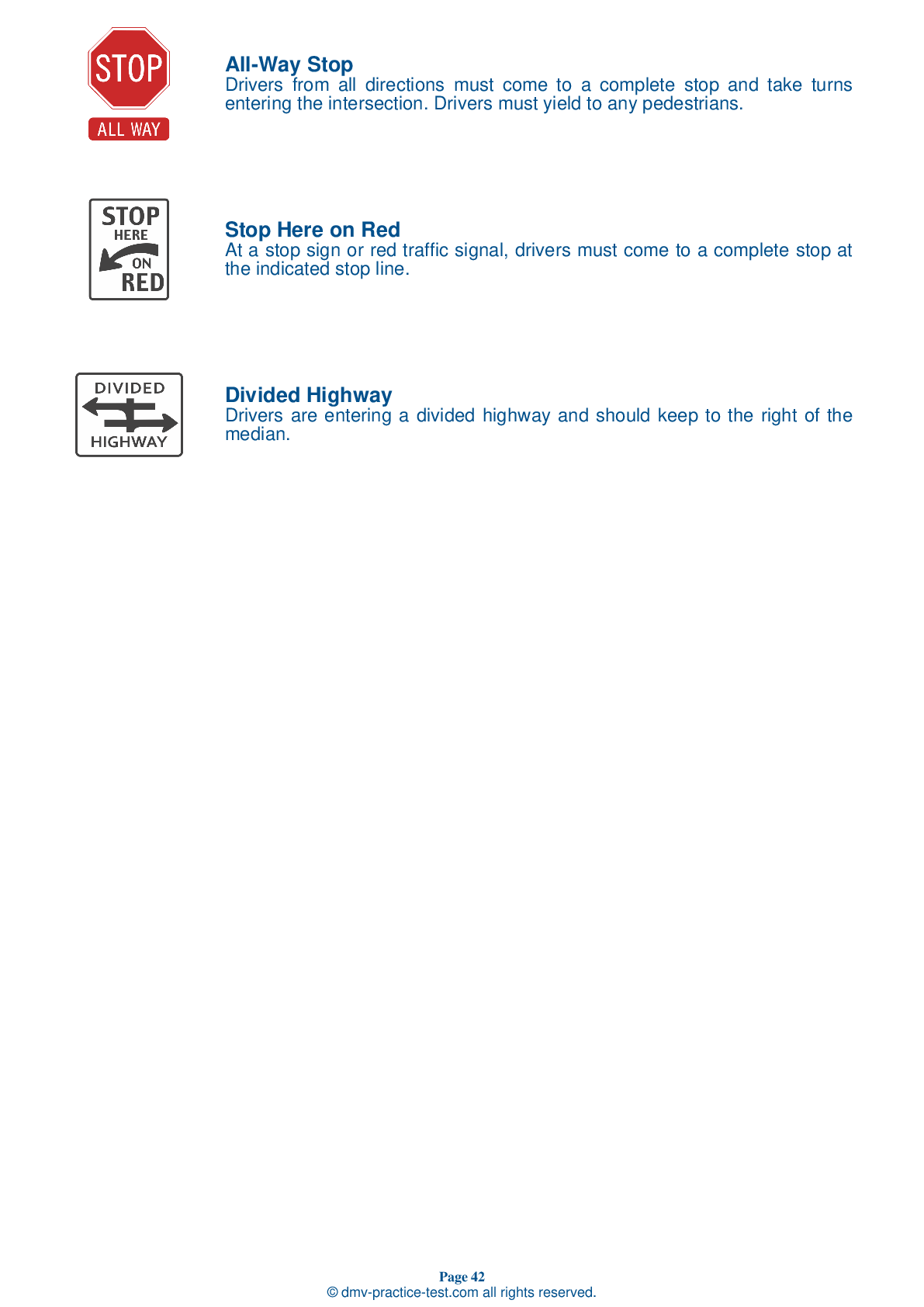FREE New York DMV Practice Test #6
New York's DMV practise examinations have been revised for January 2025. It includes questions based on the New York Driver Handbook's most significant traffic signals and legislation for 2025. Use actual questions that are very similar (often identical!) to the DMV driving permit test and driver's licence exam to study for the DMV driving permit test and driver's licence exam.
On the practise exam, each question gets a tip and explanation to help you remember the concepts. The written component of the official New York DMV test will feature questions about traffic rules, traffic signs, and driving statutes, as well as knowledge from the Driver Handbook.
To obtain a passing grade, you must correctly answer 14 of the 20 questions. Take this practise test from the New York Department of Motor Vehicles to help you prepare for your instruction permit or driver's licence.
The DMV exam is available in several languages.
Using any kind of testing assistance will result in an automatic fail, and the DMV may take additional action against your driver's licence, so stay away from it.
1 . In which of the following situations is passing always forbidden?
You must never pass a vehicle that has stopped at a crosswalk to allow a pedestrian to go across.
2 . A “No stopping” sign means that, unless directed to do so by a police officer, you may stop only:
A "No stopping" sign means you can only stop to obey a traffic signal, to obey a police officer, or to prevent a conflict with another vehicle.
3 . Drivers must yield to a pedestrian:
Drivers must always yield to pedestrians in the street, even if they are crossing against a red light or are otherwise being careless.
4 . When you want to overtake and pass another vehicle, you should:
If conditions are safe and legal for passing, check in your mirrors and signal your lane change. Before you pull into the left lane, look quickly over your left shoulder to make sure there is no vehicle in your blind spot.
5 . You have the right-of-way when you are:
A driver who enters a traffic circle or rotary must yield the right-of-way to drivers already in the circle. Vehicles entering a roadway from a driveway must yield the right-of-way to pedestrians and to vehicles already in the road. When leaving a parking space, you must yield to oncoming traffic.
6 . You are merging onto an interstate highway. You should:
Anytime you want to merge with other drivers, you need to find a gap large enough for you to safely enter into the flow of traffic. You should not stop on the entrance ramp to an interstate highway unless there are no gaps into which you may safely merge.
7 . Road rage and aggressive driving may be reduced by:
As an increasing number of drivers populate the roadways, road rage becomes more prevalent. To help prevent road rage, a driver should use proper turn signals, obey posted speed limits, and allow plenty of travel time.
Need Car Insurance? No problem!
Compare the best rates in New York and find a personalized policy that meets your needs.
1. Are You Currently insured ?
2. Married ?
3. Do you own your Home?
4. Do you have more than 1 car ?
5. Have you or a Family Member Honorably Served in U.S. Military ?
6. Your Name
7. Age
8. Zip code
IMPORTANT REMINDER:Auto Insurance is Mandatory to drive in New York. Get covered before you hit the road to avoid any fines.
Ranked by best match



